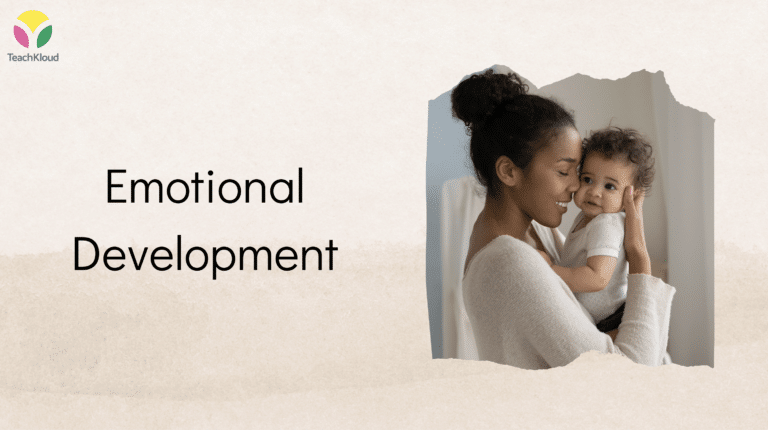By Jenaya Sherriff
Instagram: @miss_sherriffs_superstars J and @teachkloud

I remember it clearly. My first ever teaching experience. I was standing out the front of a class of twenty-six, 6-year-olds, thinking, “why are you so nervous… they are six!?”. Little did I know the complexities involved in teaching a bunch of 6-year-olds. Whilst they may all look pretty similar from the outside; with matching uniforms and adorable smiles, they most definitely are not the same. After spending only one week with these students, I already started to understand the difficulties of actually catering for each of the tiny learners smiling back up at me. Each person is individual in many ways, growing and changing at varying paces and responding differently to certain situations. It is our job, as teachers, to actively plan and differentiate for every single one of those smiles.
It seems rather cliché to suggest that teachers are superheroes, but the reality is, we are. With my internship in sight and six months left before I graduate, I am becoming acutely aware of the pressures and responsibilities that are continuously placed onto our shoulders. At the core of this very (and I mean, VERY!) complex career path, is this concept of differentiated instruction. This teaching philosophy is based on the premise that teachers need to adapt their instruction to cater for student differences. Carol Ann Tomlinson quite frankly stipulates that “in differentiated classrooms, teachers begin where the students are, not at the front of a curriculum guide”. So, with this in mind, where do you start?
To appropriately differentiate for students, the very first step — and potentially the most important step — is to get to know your learners. As educators we immediately opt to gain understanding into their cognitive abilities and current proficiency level, however it is also important to get to each student as an individual — what are their interests and hobbies, what motivates them in class, and how do they engage with their peers? This is easily achieved with the help of “all about me” activities that not only inform you about your students, but helps to create a classroom community where students can feel safe and supported.
So, you’ve gotten an insight into what makes your little learners tick, now all you have to do is support that! Simple… right? Not quite. It’s important to consider your students as individuals, however at some level you begin to group students based on their learning needs, for example: do they need more support to actively engage them in the learning experience? Is the current content and environment steadily supporting their experience just right? Or do they need to be extended beyond the content being taught?
I’ve found that to have success when it comes to differentiating, you generally can modify one or two of the following:
1. Modify the content being taught;
2. Modify the environment or the way certain content is being taught;
3. Or, Modify the assessment used to assess student knowledge of the content taught.
To achieve this for twenty-something, something year-olds is no easy feat, so why do we do it? With our hands already full and planning time always being compromised, why bother catering for each of your students? Differentiating for learners is tricky, and as a pre-service teacher I am certainly no expert, however I have learnt the importance and value that simple alterations and modifications have for my learners. I am an advocate for student-centred learning and its whole premise of students’ interests first always. I also aim to be an inclusive educator who consistently makes students feel involved and as if they belong in our classroom.

I would love to hear from you!! What kind of differentiation strategies do you use in your classroom?
Let me know, comment and follow me on Instagram: @miss_sherriffs_superstars J
Worth sharing?
Show some love by sharing this article with some teacher or parent friends.
TeachKloud
We support early childhood services in doing more of what they love! Reduce your paperwork, communicate with parents and encourage quality practices with the best management system and resource library full of open ended learning opportunities on teachkloud.com!




